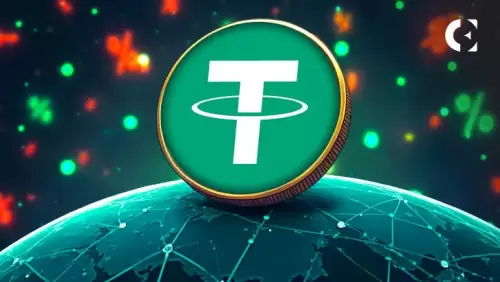The GENIUS Act, mandating 100% reserves for stablecoins, is reshaping the crypto landscape. Is it a revolution or just another day in the Big Apple?

GENIUS Act & Stablecoins: Riding the 100% Reserve Wave, a New York Perspective
The GENIUS Act is here, folks, mandating 100% reserves for stablecoins. Is it a game-changer or just another plot twist in the crypto saga? Let’s dive in.
The GENIUS Act: What's the Big Deal?
So, President Trump signed the GENIUS Act (Giving Every Nation In the United States Stability) into law. What does it mean? Basically, stablecoin issuers need to back their coins with 100% reserves. Think of it like this: for every digital dollar floating around, there's a real dollar sitting in a vault somewhere. This move aims to bring clarity and legitimacy to the stablecoin market, making it safer for everyone. Brian Armstrong from Coinbase is stoked, calling it a critical moment for crypto. And Circle and Tether? They're on board too, ready to play by the new rules.
Ethereum's Role: The Unsung Hero
Fast forward to 2025, and Ethereum is the backbone of the stablecoin revolution. It handles a massive chunk of global stablecoin transfers. Upgrades like the Pectra upgrade have slashed costs and sped up settlements. Plus, the switch to proof-of-stake has made Ethereum a greener option. Regulatory clarity, thanks to the GENIUS Act and the EU's MiCA, has fueled institutional adoption. Stablecoins like USDC and USDT are now institutional-grade assets, with Ethereum's blockchain handling over $137 billion in USD-pegged tokens.
Institutional Money Moves In
Big players are getting in on the action. BlackRock's iShares Ethereum Trust (ETHA) is raking in the dough, and companies like SharpLink Gaming and GameSquare are allocating millions to Ethereum-based treasuries. They're staking their holdings to earn yields, just like traditional asset allocation. Ethereum's proof-of-stake model has created a booming ecosystem, with staking-as-a-service providers like Coinbase and Block cashing in. Even Lisk is expanding its dApp ecosystem by leveraging Ethereum's smart contract capabilities.
RICH Miner's XRP Mining Plan: A GENIUS Act Case Study
RICH Miner jumped on the GENIUS Act bandwagon by launching an XRP mining plan. They’re offering users a way to convert XRP to Bitcoin computing power, promising stable income and compliance incentives. They’re even throwing in new user rewards and flexible redemption options. It’s all about making it easy for Ripple holders to earn passive income while staying compliant.
The New York Take: Opinion
Here's my two cents: The GENIUS Act is a step in the right direction. The 100% reserve requirement brings much-needed stability to the stablecoin market. Think of it like rent control – sure, some landlords might grumble, but it protects the tenants (i.e., the average crypto user). Plus, with institutional money pouring in, Ethereum is becoming a legitimate player in the financial world. Of course, there are risks. Regulatory shifts and market volatility could throw a wrench in the gears. But Ethereum's deflationary tokenomics and the amount of ETH staked create a supply shock that could drive long-term value.
Final Thoughts: Keep Your Eyes Peeled
So, there you have it. The GENIUS Act, stablecoins, and Ethereum – a trifecta of potential. Whether you're a Wall Street shark or a crypto newbie, keep an eye on this space. It's gonna be wild! And remember, in the concrete jungle where dreams are made of, even digital dollars need a solid foundation. Peace out!




















































































